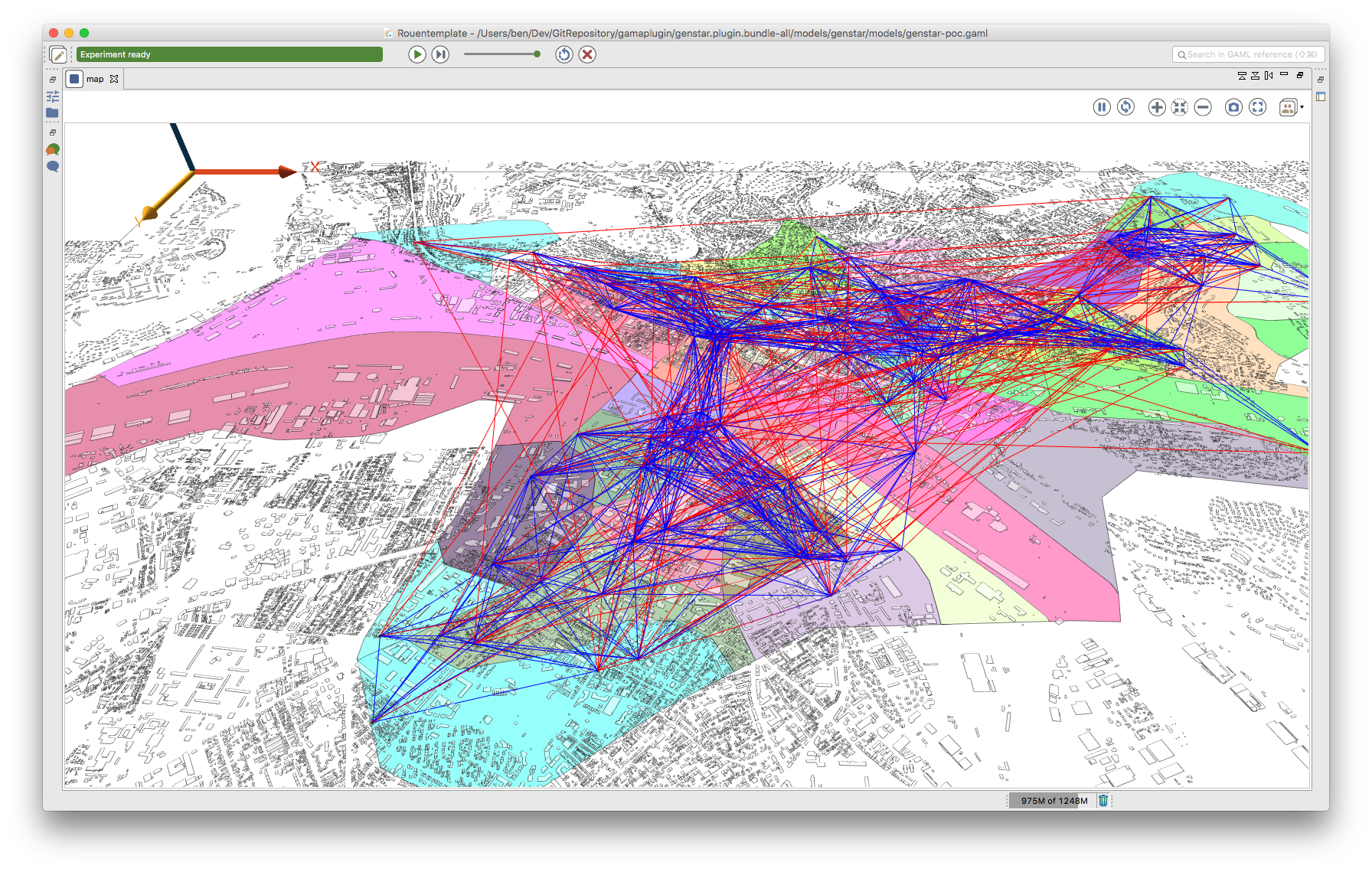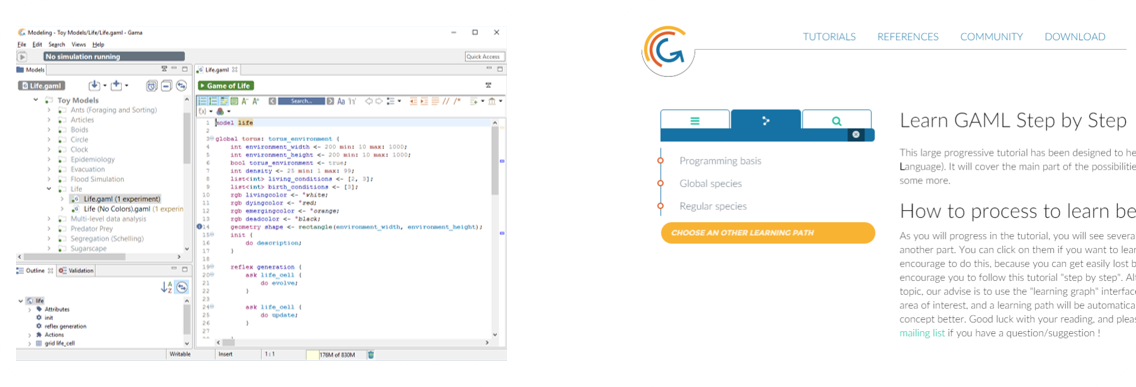

The GAMA Days 2022 invites platform (or plug-in) developers to present their latest creations and it invites users to show how they use the platform. This exchange will be an important step towards a better structuring of the GAMA community.
The GAMA Days are the user conference of the GAMA open-source project. The “GAMA Days 2022” will be held as an online conference from 22-24 June 2022. The event will be hosted by UMMISCO and Z_GIS (Dept. of Geoinformatics, University of Salzburg).
With the aim of allowing participation from across the world, we decided to organise the GAMA Days as a free and online event. Thus, the GAMA Days serve as a communication hub for the growing GAMA community.




A couple of dedicated tools and formats will facilitate communication and make sure to have a conference feeling that is social, similar to an on-site event:
Agent-based modeling is nowadays becoming increasingly popular for the study of complex systems. Nevertheless, its use requires significant computer programming work because it requires describing all agents and their behavior in the form of algorithms. The GAMA open-source platform aims to help modelers do this work. This generic platform, which has been developed since 2007 by a consortium of research teams allows the content of a model to be built using a modeling language that is easy to access and simulated. GAMA has experienced significant growth in recent years thanks to its ability to build and simulate large-scale models, including hundreds of thousands of agents and detailed geographic data. It also has advanced 3D visualization tools as well as tools dedicated to the construction of serious games. This platform is now used in many research projects dealing with issues as varied as epidemiology, land-use change, natural or technological risks, natural resource management, and urban mobility.
